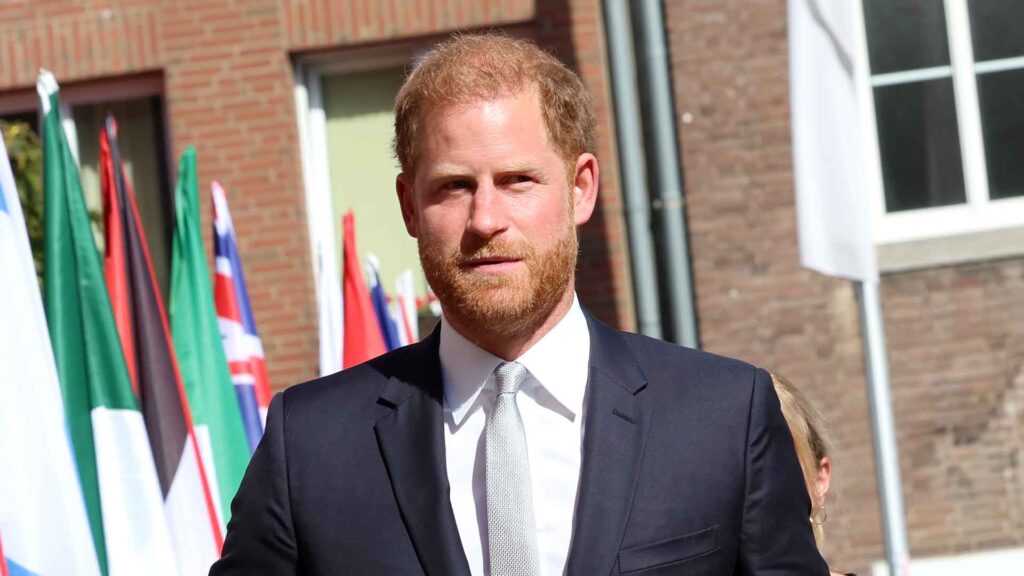In the world of high-profile legal battles, the recent decision by Prince Harry to discontinue his libel case against the Mail on Sunday stands out as an interesting study of strategy and consequence. The case, rooted in allegations of misleading the public and attacking personal integrity, has taken several twists and turns, resulting in a move that has both legal and financial implications for the Duke of Sussex.
The start of this legal tussle can be traced back to an article by the Mail that reported on Prince Harry’s dispute with the Home Office over the withdrawal of his police bodyguards, suggesting that his PR aides attempted to “spin” this situation. Prince Harry retaliated with a libel action, claiming the story was an attack on his honesty and integrity.
However, the dynamics of the case shifted dramatically following a ruling by Mr Justice Nicklin. The judge identified a “real prospect” of the newspaper proving that statements issued on behalf of Prince Harry could be seen as misleading. This pivotal moment set the stage for a potential courtroom showdown, with both parties required to disclose relevant documents under the rules of legal fair play.
As the deadline loomed, the Duke made the unexpected decision to back down, signaling a significant strategic retreat in this legal chess game. This move was not just a mere step back, though. It came with substantial financial stakes. Prince Harry now faces the prospect of covering not only his legal expenses but also the costs incurred by the Mail on Sunday, estimated to be more than £750,000—or roughly $952,799— in total.
The case also highlights the delicate balance between protecting personal reputation and the freedom of expression. In libel cases involving public figures and the press, this balance becomes even more intricate. The legal proceedings in such cases are not just about the facts in dispute but also about how these facts are perceived by the public. This aspect was particularly evident in the strategies employed by both sides in Prince Harry’s case. The demand for disclosure of potentially damaging documents and the defense’s argument of “honest opinion” are classic examples of how legal strategies intertwine with public relations tactics.
Prince Harry’s legal battles, however, extend beyond this single case. He is involved in several other ongoing cases against various media outlets, reflecting a broader narrative of his contentious relationship with the press.
An interesting element of this saga is the role of public perception. In an era where media narratives significantly influence public opinion, the portrayal of legal disputes can have a major impact. This is particularly true for figures like Prince Harry, whose every move is scrutinized and often sensationalized. The public’s perception can, in turn, influence the course of such legal battles, adding another layer to the already complex dynamics at play.
Prince Harry’s decision to discontinue his libel case against the Mail on Sunday is more than just a legal retreat—it’s a reflection of the intricate interplay of law, finance, strategy, and public perception. This case serves as an example of the challenges faced by public figures in protecting their reputation in the age of mass media and public scrutiny. It underscores the intricate dance between asserting one’s rights and weighing the potential costs, both financial and reputational. As Prince Harry’s other legal endeavors and dispute with the Home Office continue to unfold, it becomes increasingly clear that in the world of high-profile legal battles, the moves are never just black and white.


